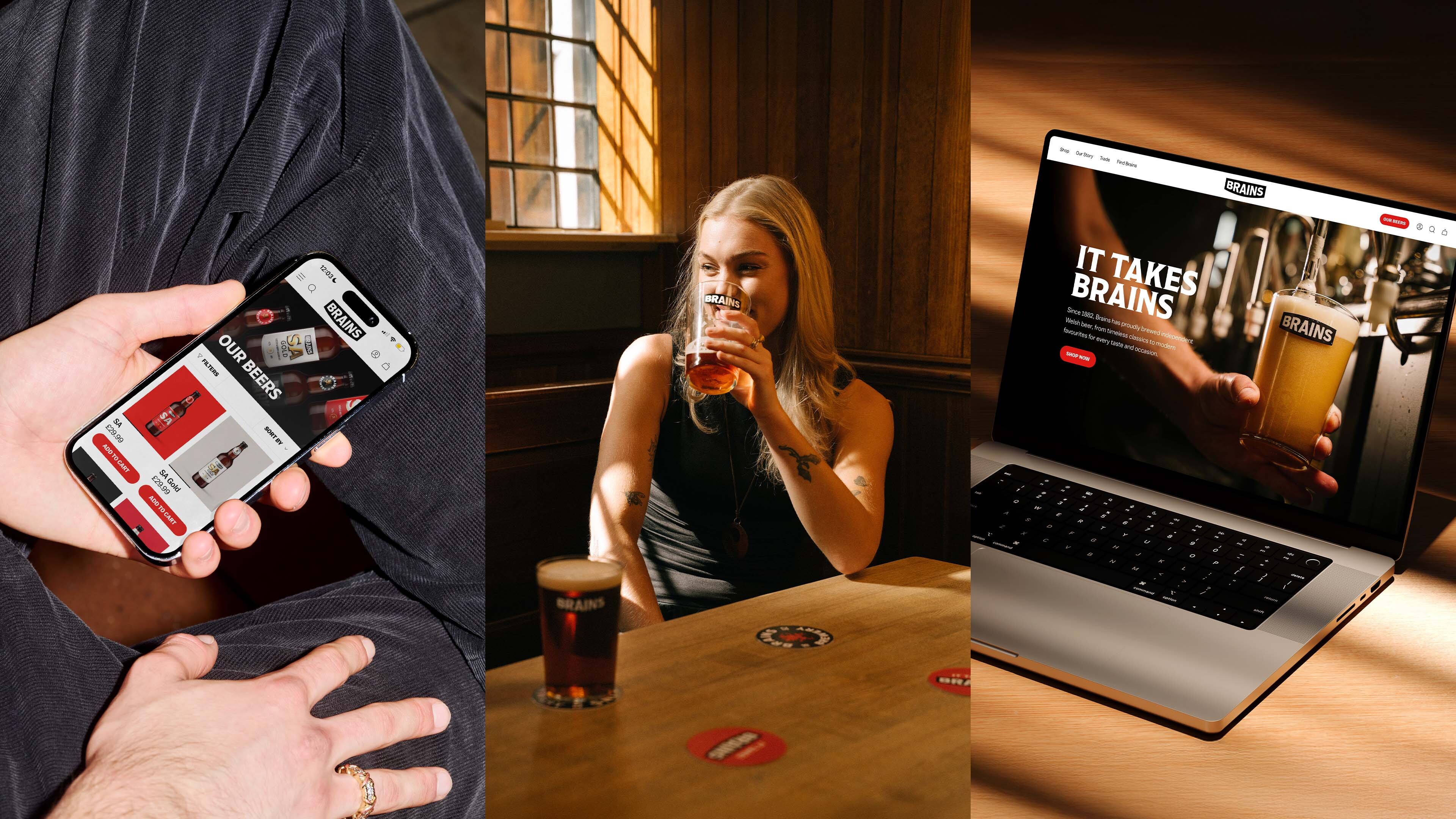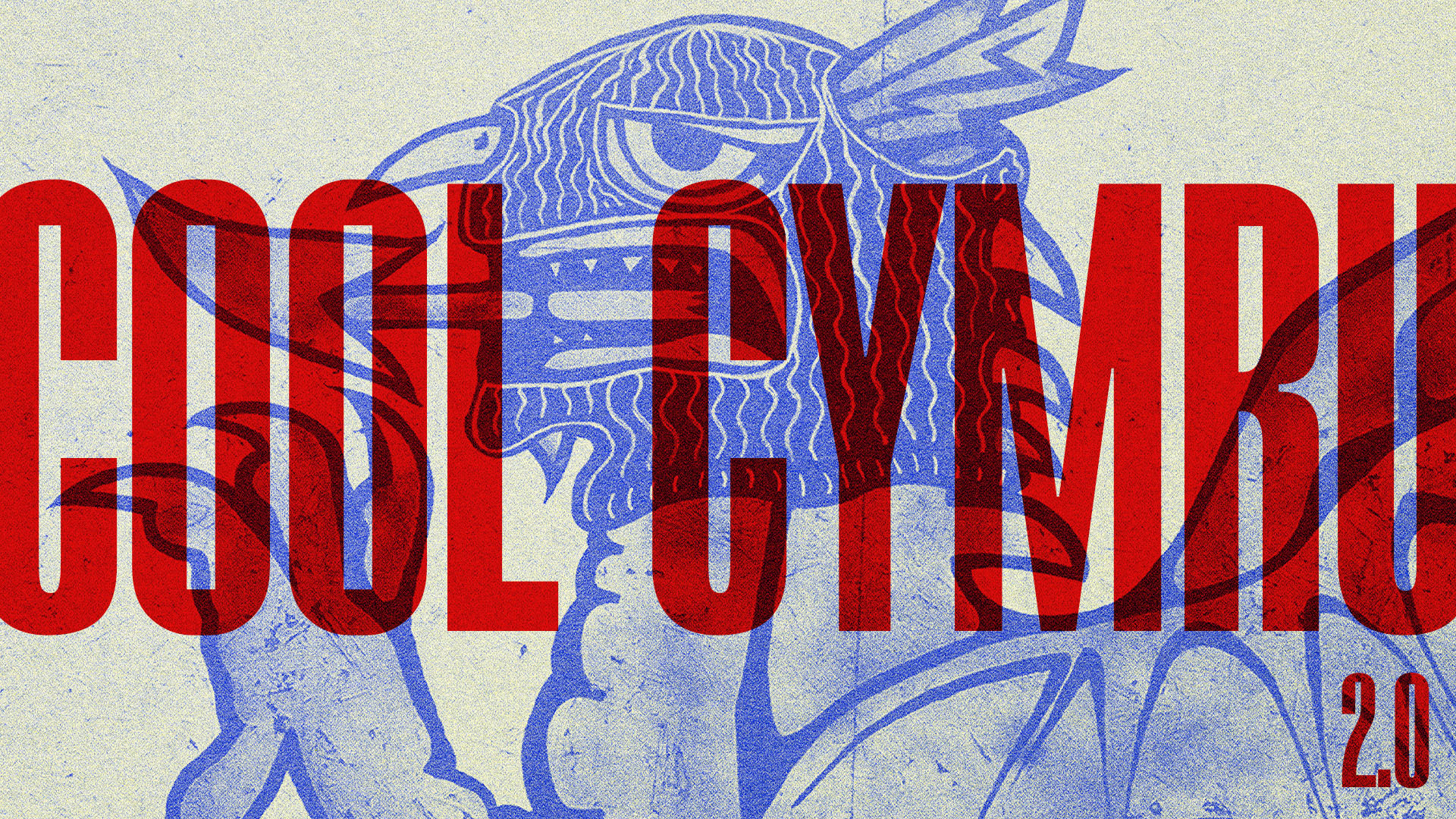
Telling stories has always been seen as a revered and cherished practice, it’s even been cited as one of the few things that could stop civilisation from destroying itself according to Albert Camus. These days however, especially in our industry it’s starting to become a term that is veering far too close to the realm of the fad. Like most fads it exploits some kind of truth—in this case the truth that the best brands have a story that, if told well, works wonders for their reputation and their business. I attended a DO Lectures workshop recently that has got me thinking about this phenomenon and how, in real terms it relates to our everyday work here at Toward.
We spend many of our days figuring out the story behind businesses and brands, old and new. A good brand feels authentic to the people providing and using a service or product. For something to feel authentic it has to be based on truth, to find out the truth you have to ask the right questions and understand a company’s story. We go to great lengths to make sure each new brand tells that story.
The workshop was run by Bobette Buster, a total legend if you ask me. She’s advised scriptwriters from all over Hollywood, from Pixar to the Sundance Institute. If you have a story in you, she will find it—often whether you want her to or not! It was an awesome workshop and it reminded me why I love writing so much and of the essential facets of the business of storytelling.
Old school stories & modern day branding
It’s been scientifically proven that kids who hear their elder’s stories have a better chance of happiness in life and that they’ll be better able to deal with problems as they arise. This is due to the fact that sharing personal stories breaks down confusion and our egos. I see this happen with good branding also, a good brand isn’t just based on how you want to be seen, it’s based on who you are and what your business actually stands for.
We started the day with a nod to the storytelling greats such as Abraham Lincoln, D.W Griffith and Mohammed Ali—these dudes knew how to tell a story so that you really felt it. Then people like Charles Dickens who figured out how powerful long form writing about real life can be, and Edison who then figured out how to translate that into film. Dicken’s said ‘The audience says “make me see”.’ Times might change, but I don’t think audiences do. We want to understand as much as we can as quickly as possible.
This is probably the most emotionally cluttered era in history. We are told stories all over the place by people with all sorts of agendas. Active reading is becoming commonplace, we all read between the lines without even having to think about it. Brands need to work hard and appear genuine across all comms to convey the ethos of the company with the briefest of interactions.
Some tips
Maya Angelou once said that ‘There is no greater agony than bearing an untold story inside you.’ She was one who believed that the untold story has the power to destroy, whereas telling them has an amazing power to heal. A good story can change everything. Whether you are telling your own story or the story of your brand through logo, design and copy, it is important. It can be powerful. Here’s some stuff to keep in mind when telling it:
- Include Visual Detail of the Ordinary - Make details personal, not abstract. Make reference to everyday things, senses and experiences, the gleaming details that help people picture themselves in your story or part of your brand.
- Place & Time - Try to avoid people having to ask obvious questions. It can detract from the more subtle messages you’re trying to convey.
- Juxtaposition Dynamic Contrast - Go to the opposite. Tragedy followed by comedy, heightens the senses. Allow the story to reverse and take your imagination to the opposite.
- Natural 3 - We have a natural reaction to 3’s. Beginning, middle and end. Just like in music.
- The Story Behind the Story - Keep it personal. The truth is way more interesting.
- The Aha Moment - What you are aiming for. The resonant moment, when it all comes together and makes sense for the reader/audience.
It’s our tendency to preface our story with anything at all, just to fill non-existent gaps. Like, “‘Well, it was really stupid but what I did was…” or “It wasn’t a big deal but I….” Don’t do it. Just take a second and start at the beginning.
Anyone who has shared any personal stories, whether it’s a blog about your ideas and opinions about work or given a talk about something that matters to you knows that telling stories makes you vulnerable—this is a powerful thing (we see this all the time with the amazing speakers at CreativeMornings) and a difficult feeling to face when it comes to your brand.
We know that when it comes to branding and rebranding companies it is a massive responsibility to be entrusted with, that’s why we make sure all our reasoning is based on solid research, usually gleaned from a mixture of workshops and surveys which allows us to base any changes of identity on a solid sense of who you are and what you offer.
Winning
Bobette goes on to remind us that, despite the fact we are brought up to believe that we should have one or a limited number of dreams in the entirety of our lifetimes, eventually life teaches us that this just isn’t true. A lifetime is full of many stories, lots of beginnings, middle and endings. There are many moments where we have to make the decision to ‘win our life’ or not.
This is what Hollywood deals on, the characters we watch on the big screen all face their ‘dark night of the soul’, what turns them into heroes is the fact they choose to fight the odds. It’s hard to relate to simple characters, we relate to much more complicated and conflicted ones. Deciding to not be a victim and making a choice, typically the opposite one than seems inevitable. This is called Dynamic Polarity in filmmaker speak.
We all have to overcome something, it could be a problem, a trait, a weakness or anything in between. With a brand or business it could be the fact you are completely unknown or challenging a current perception. The brands that succeed are those that don’t give up, even when everything feels like you should.
Language and emotion—keep it simple
We also learn to blunt our emotions as we grow up and it’s the writer’s job to be aware of the minutiae of our own and other people’s emotional responses, to objectify and identify key elements of other people’s stories. This helps you ‘colour in the story’ when you write, using contrasting key details and being specific with the details actually helps tell your stories more efficiently and that’s important considering how time-short readers are.
Same goes for the language we use, big words aren’t great in telling stories. We switch off, it’s distracting, we start wondering if we can spell it or worrying that it might go over our heads. In fact Bobette recommends that we focus on small, not big. These details are key to helping people understand, to picture themselves there and imagine how it might feel.
Take a deep breath
In this content saturated culture it’s tricky to get passed all the other stories that already surround us. Often we re-tell each other’s stories, we tell those we think we should be telling and what we think people want to hear. A mistake made by way too many businesses when looking at their identity. We know from experience that the best brands are bold, they demand their owners taking a deep breath and be brave enough to share with people who they are and what they stand for.
You can learn more from Bobette in her book, Do Story—it's a great read.

